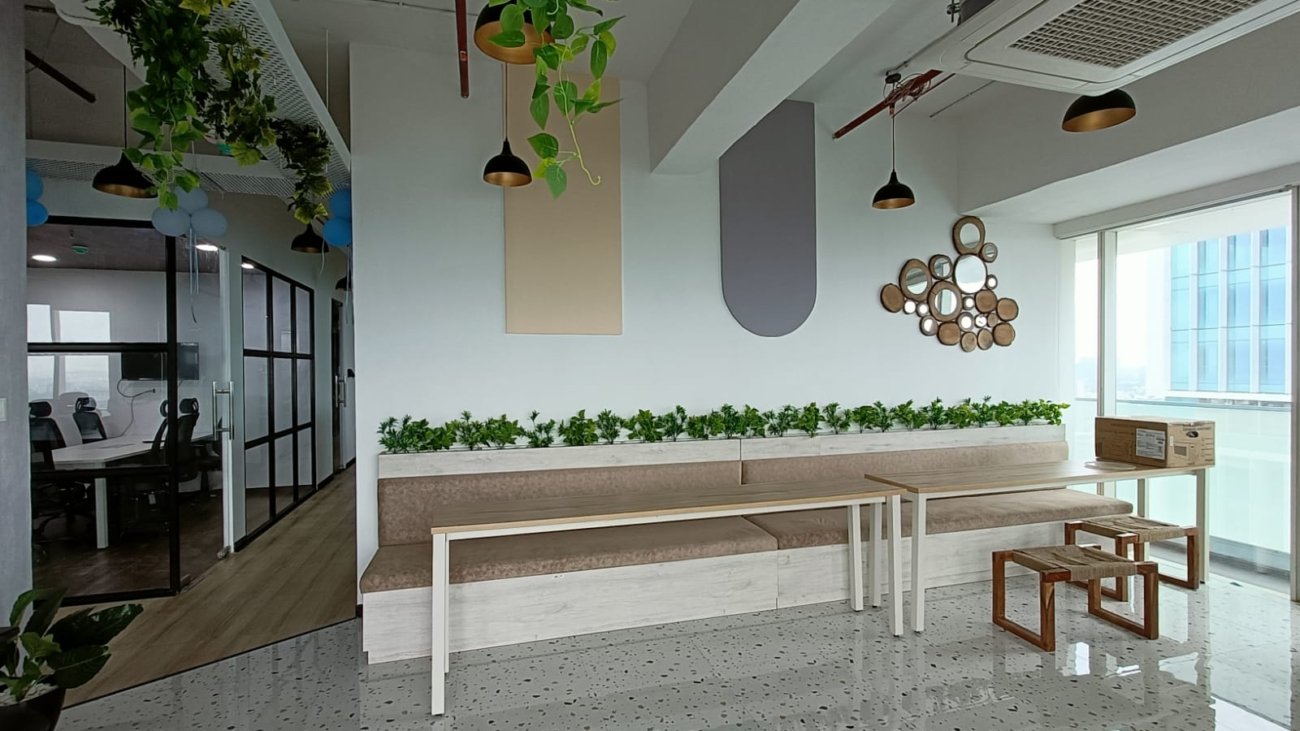In today’s competitive business landscape, a company’s success is measured not just by its output, but also by the environment in which that work is created. The days of generic cubicle farms are long gone. What has replaced them is a strategic, sophisticated approach to the workplace, driven by expert interior architectural design. This is more than just decorating; it’s about fundamentally shaping the functionality, aesthetics, and psychological impact of a space. For businesses looking to maximize talent, reinforce brand identity, and future-proof their operations, understanding and investing in this discipline is paramount.
Beyond Aesthetics: The Core of Interior Architectural Design
At its heart, interior architectural design is the art and science of enhancing the interior of a building to achieve a healthier and more aesthetically pleasing environment for the people using the space. It is a specialized field that blends architecture, psychology, and engineering. When applied to a commercial setting, particularly an office, its focus shifts to optimizing workflow, ensuring compliance with building codes, and creating an environment that supports the specific activities of the organization.
The professional process involves an intricate balance: analyzing the client’s needs, conceptualizing the design, selecting materials and furnishings, and managing the construction process to bring the vision to life. The decisions made in this phase—from the placement of structural elements to the choice of lighting fixtures—have long-term consequences for a company’s operational efficiency and employee well-being. A truly effective design anticipates future growth and technological shifts, making the office a dynamic asset rather than a static expense.
The New Imperative: Strategic Office Space Design
The current workforce, particularly the younger generations, places a high value on flexibility, comfort, and a connection to the company culture. This shift has made strategic office space design an indispensable tool for talent acquisition and retention. A well-designed office communicates trust and investment in the employees who inhabit it.
Effective office space design addresses several critical areas:
- Productivity and Focus: Designs should minimize distractions while providing designated areas for concentrated work. This involves strategic acoustic planning, thoughtful use of ergonomic furniture, and layout patterns that support individual and team tasks.
- Collaboration and Community: While focus is important, spontaneous interaction is the engine of innovation. Open-plan areas, huddle rooms, and informal gathering spots are key components that encourage communication and team synergy.
- Well-being and Biophilia: The inclusion of natural light, plants, and natural materials (biophilic design) has been scientifically proven to reduce stress and boost creativity. An office that feels connected to the natural world is a more invigorating place to work.
- Branding and Culture: The physical space is a three-dimensional manifestation of a company’s brand. The colors, materials, and overall layout must consistently reflect the company’s values, mission, and personality to both employees and visiting clients.
Quickfurnish: Bridging Concept and Execution
At Quickfurnish, we recognize that translating sophisticated interior architectural design concepts into a tangible, functioning office requires seamless execution. Our approach integrates the high-level vision with the practical realities of furniture and fixtures.
The furnishings within an office are not mere accessories; they are structural components of the design. Selecting the right systems—from modular partitions that allow for flexible configuration to task chairs that support various body types and work styles—is crucial to the success of the overall architectural plan. Our expertise lies in sourcing and installing pieces that align perfectly with the architectural blueprint, ensuring that the finished space is both beautiful and highly practical.
For example, a modern architectural plan that emphasizes activity-based working requires furniture solutions like height-adjustable desks and specialized acoustic pods. Without this integration, the architectural intent is lost. Quickfurnish acts as the critical bridge, ensuring that the furniture chosen reinforces the core principles of the office space design.
Future-Proofing Your Investment
In a world defined by change, the future of work remains fluid. The ideal modern office must be inherently adaptable. This necessitates an interior architectural design strategy that utilizes modularity and flexibility.
Consider the potential for growth. An intelligent design incorporates systems that can be easily scaled up or down without requiring a complete overhaul. This involves:
- Flexible Zoning: Creating areas that can serve multiple purposes (e.g., a cafeteria that can transform into an all-hands meeting space).
- Modular Furniture Systems: Utilizing components that can be reconfigured to form different workstations, team setups, or meeting environments.
- Integrated Technology: Designing the infrastructure—power access, data ports, and AV capabilities—to be easily moved or expanded.
This foresight is the difference between a one-time renovation and a long-term investment in a resilient and evolving workspace.
The ROI of Thoughtful Design
While the cost of a comprehensive office space design project may seem substantial, the return on investment (ROI) is significant and multifaceted.
- Increased Productivity: Studies consistently show that well-designed workspaces improve concentration and engagement, directly impacting output.
- Lower Absenteeism: Environments that prioritize natural light, air quality, and ergonomics lead to healthier, more present employees.
- Reduced Operational Costs: Energy-efficient lighting, smarter space utilization, and durable, high-quality materials lower long-term maintenance and utility expenses.
- Enhanced Recruitment: A modern, attractive office is a powerful recruitment tool that signals stability, professionalism, and a commitment to employee experience.
By working with experts who understand the nuances of both interior architectural design and practical, high-quality furnishing, businesses can create environments that do more than house their operations—they actively drive them forward.
Conclusion
The evolution of the workplace is a clear signal that the physical environment is an undeniable factor in business performance. Strategic interior architectural design is the master plan for success, and thoughtful office space design is the execution that brings that plan to life. For businesses partnered with Quickfurnish, the journey to a high-performing, culture-defining office is streamlined, professional, and built on a foundation of architectural excellence. Invest in your space, and you invest in your future. The time to elevate your business environment is now.


